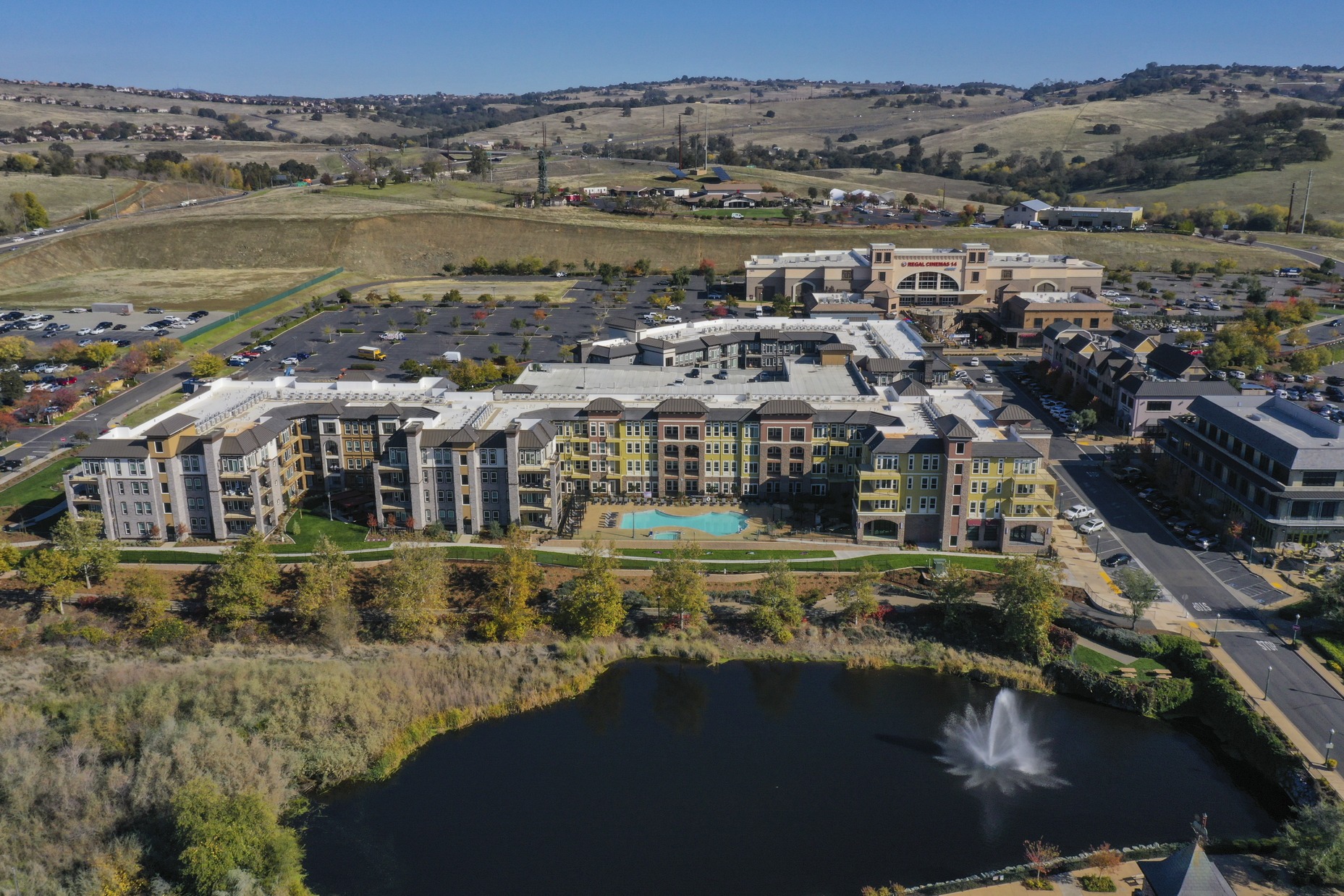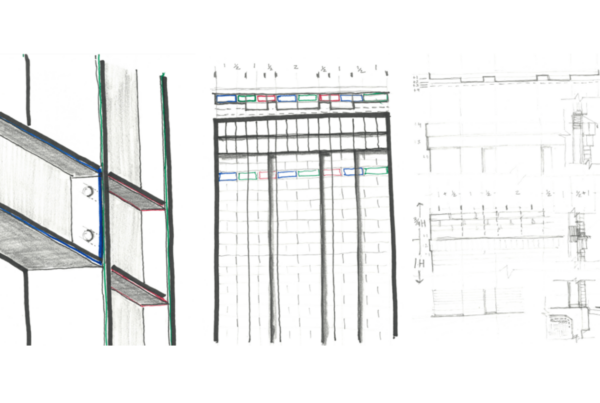As consumer habits shift further toward online shopping, aging and underutilized retail centers present a valuable opportunity for revitalization. By introducing a residential component, these spaces can regain vibrancy, attracting new residents and providing a built-in customer base for surrounding businesses. This transformation offers not only economic benefits but also fosters community growth, breathing new life into previously declining properties.
At KEPHART, we’ve explored several successful strategies for repositioning retail spaces into thriving mixed-use environments. Here are three distinct approaches that demonstrate how residential integration can reshape retail centers for the better:
Remove All Existing Retail and Replace It with Residential
In partnership with Price Development Group, we transformed a former K-Mart site into a 353-unit multifamily apartment community. This redevelopment is part of a master-planned revitalization of Denver’s Design District, is surrounded by restaurants, a grocery store, and public transit. By replacing the declining retail space with modern residential offerings and reintroducing quality retail nearby, this project has reinvigorated the area, creating a more connected and dynamic neighborhood.
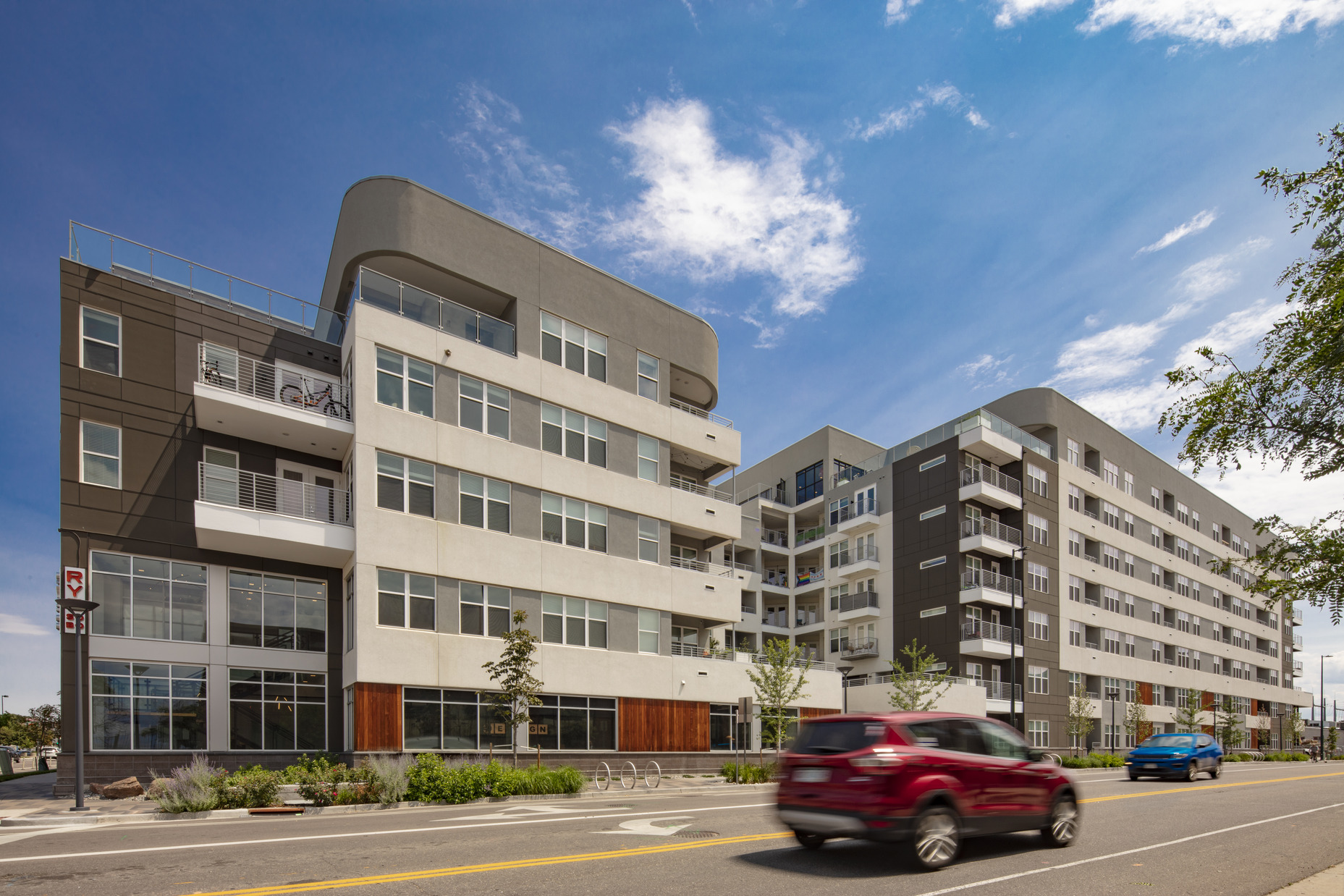
In the heart of downtown Columbus, Ohio, 195 Broad Street highlights the power of blending preservation with forward-thinking design. This development revitalized two historic buildings— which once housed WCOL, the first country-western radio station in the U.S.—while introducing much-needed residential housing to the urban core.
The design balances history with progress, featuring a contemporary dark brick tower and Bauhaus-inspired elements that complement the existing office tower and parking garage. A two-story glass corner element defines the entry, while the preserved limestone façade anchors the retail presence at street level. This project preserves architectural heritage while contributing to the city’s ongoing transformation.
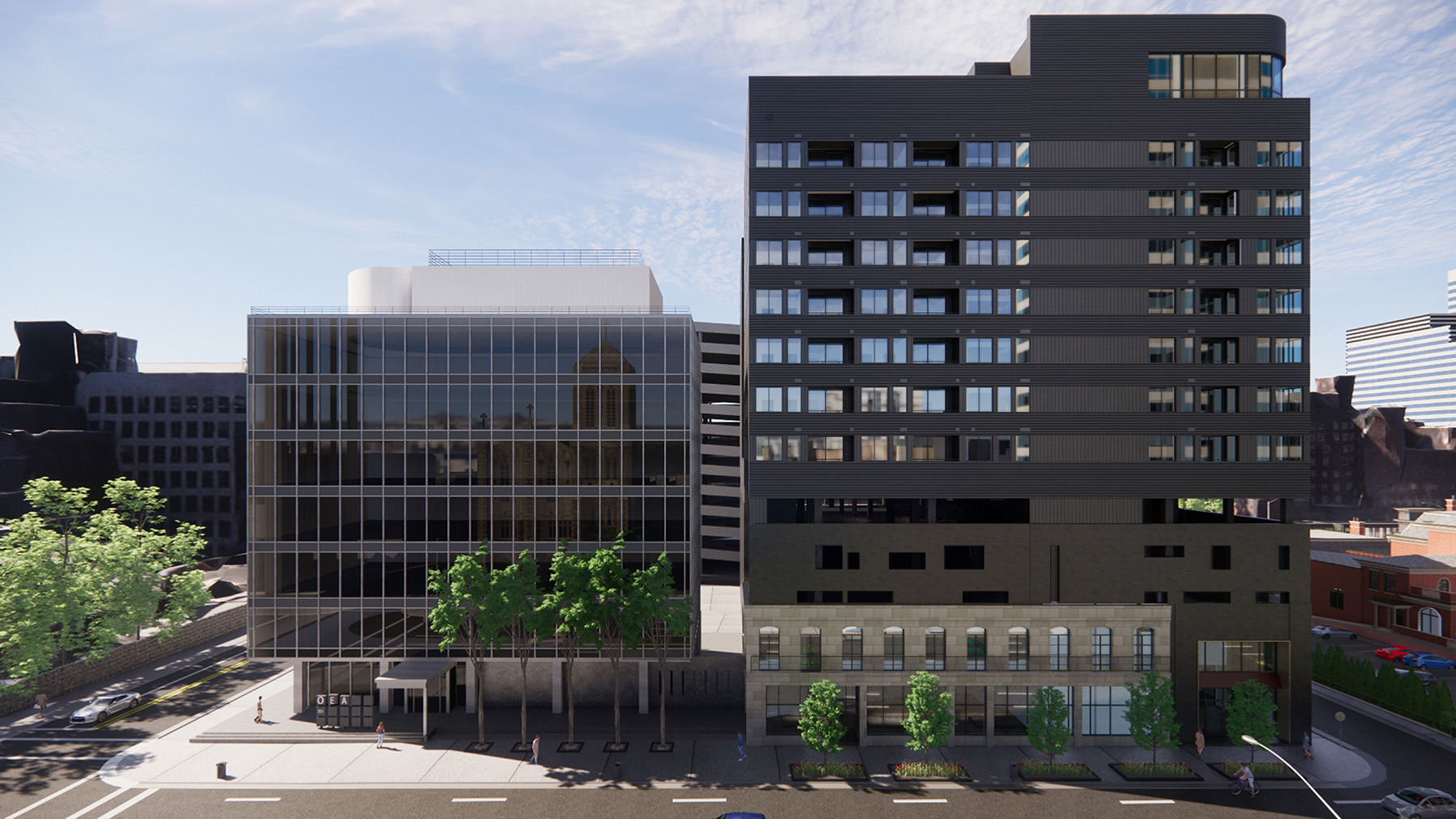
Remove a Portion of Existing Retail and Introduce Residential
The Streets at Southglenn in Centennial, Colorado, is a well-established mixed-use community with shopping, dining, and a residential component. However, a vacant Sears building on the south side of the property created an opportunity for reinvention. The space will soon be transformed into a 395-unit multifamily apartment building and a shared park, balancing residential needs with public green space. This infusion of housing and outdoor areas will not only activate the space but also increase traffic for surrounding shops and restaurants, strengthening the community as a whole.
Outlook Briargate in Colorado Springs showcases how large, underutilized retail sites can be reimagined for modern living. Built on the site of a former Sears at the Chapel Hills Mall, this project transformed the demolished department store and parking lot into a vibrant residential community. The development consists of nine three-story garden-style apartment buildings, four two-story carriage houses, a clubhouse with a pool, and detached garages available for rent. Delivered alongside West Mesa, the Outlook Briargate project exemplifies how previously stagnant retail sites can be transformed into dynamic, community-oriented spaces.

Preserve Retail While Integrating Residential
At the Town Center in El Dorado Hills, California, the challenge was integrating a residential component without disrupting the existing retail environment. Element 79, a 214-unit luxury multifamily community, was designed to seamlessly connect the big-box retail, office spaces, and boutique shops already present in the area. This thoughtful design preserved the original retail offerings while completing the master plan, ensuring both residents and businesses could benefit from increased foot traffic and activity.
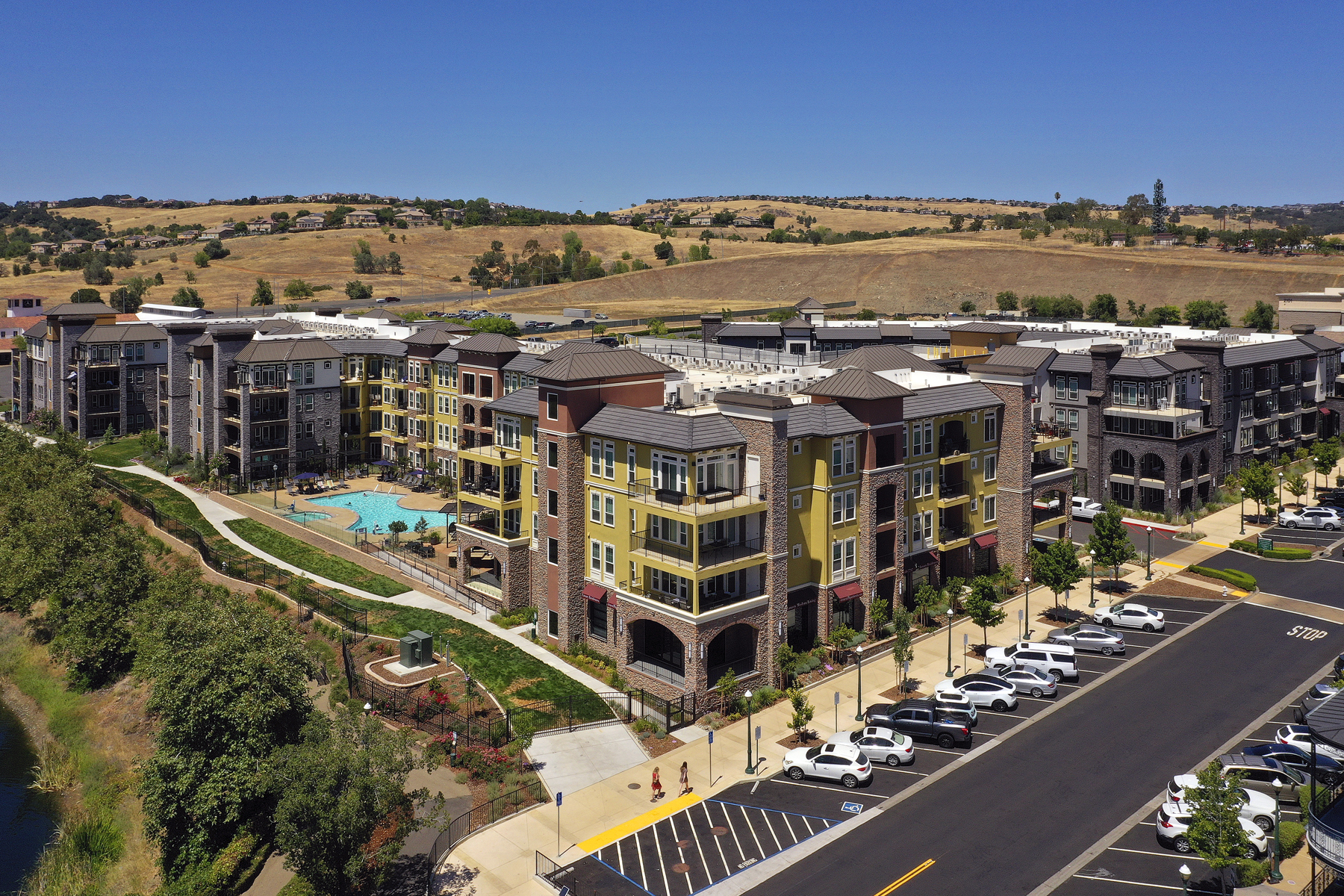
Transforming Retail Spaces for a Brighter Future
While each of these projects presents a unique approach to repositioning retail spaces, they all share a common goal: to create vibrant, sustainable communities by blending residential and commercial spaces. Whether through full redevelopment, partial reinvention, or adaptive reuse of existing spaces, the results are clear—these transformations breathe new life into previously underperforming sites, delivering lasting social and economic benefits.
Though each of these approaches is unique, they all have the same end goal of infusing new life into declining retail centers. This ultimately generates a sustainable customer base for surrounding businesses and keeps the cycle of development propelling forward.
If you have questions about a particular approach or would like guidance getting started on your own project,
give us a call at 303-832-4474.
